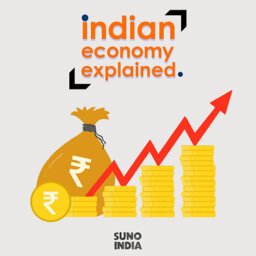How does GST work, and why state governments are not happy with it
Indian Economy Explained
Every few months we read statistics related to the economy in the news. Whether it is about government claims of the economy growing, or job losses, i…The Goods and Services Tax which is commonly referred to GST was passed in the parliament on the 29th of March 2017.
GST is a tax which is levied on most goods and services. It is an indirect tax which is collected at the point of consumption, and not at the point of origin. It replaced other taxes in the country such as Value Added Tax, excise duty, service tax, Central Sales Tax among others.
To understand the Goods and Services Tax process in detail and to know how the GST system works, Kunika Balhotra, Research and Communications Officer for Suno India spoke to Apeksha Solanki, a Chartered Accountant.
She also spoke to CP Chandrasekhar, Professor at the Centre for Economic Studies and Planning, Jawaharlal Nehru University, New Delhi who explained why the states were in conflict with the government over this tax. Professor Chandrasekhar has published widely in academic journals and is the co-author of Crisis as Conquest: Learning from East Asia, The Market that Failed: Neo-Liberal Economic Reforms in India and Promoting ICT for Human Development: India.
 Indian Economy Explained
Indian Economy Explained


